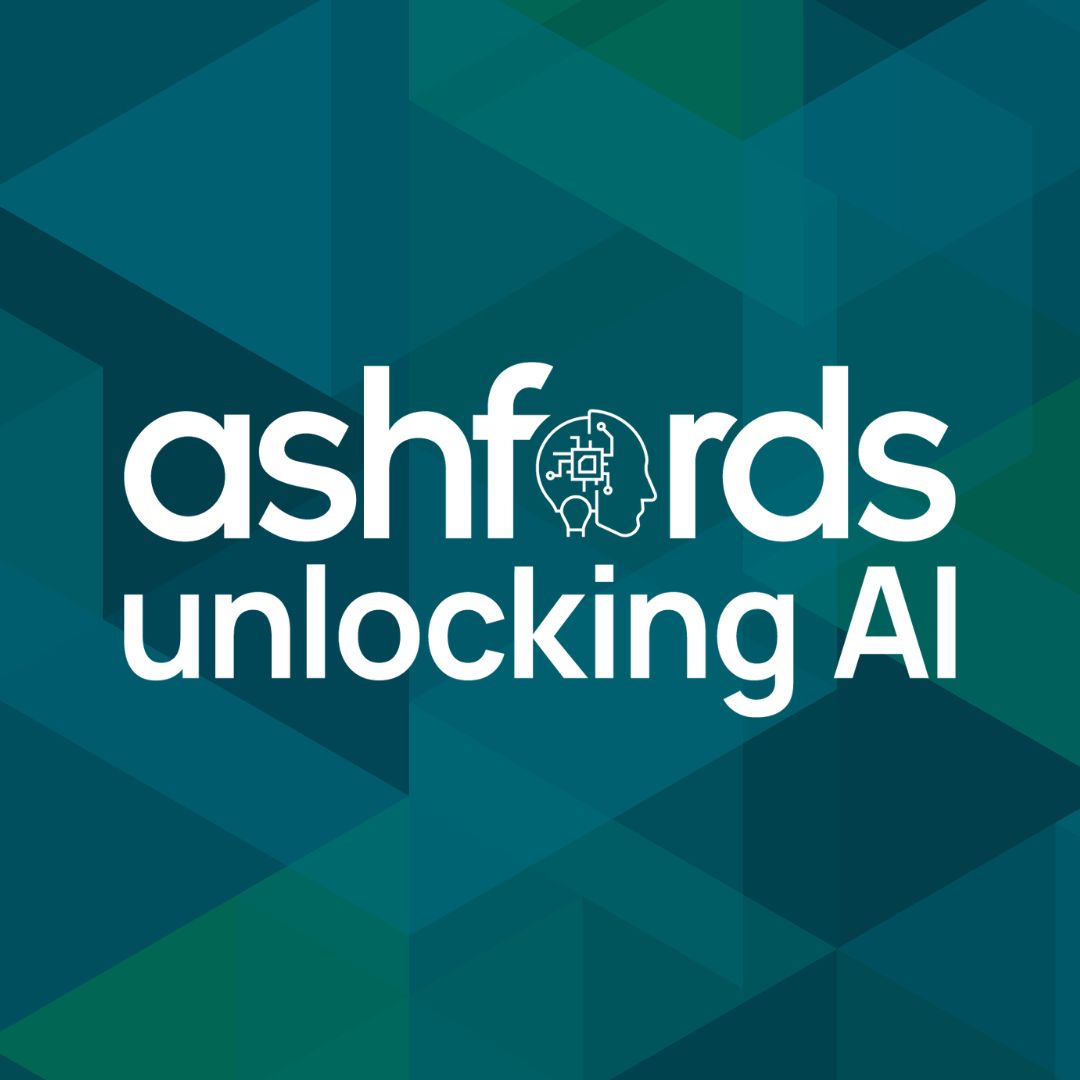Due diligence (DD) is a very important aspect of many corporate transactions, particularly when a new third party is proposing to join an existing company or corporate group. This could be:
For a guide to what DD involves and what the process might look like, focussed on an investment perspective, please see visit Ashfords’ What can I expect from due diligence? page.
As with other parts of life, DD has evolved with advances in technology. Gone are the days of physical ‘data rooms’ - where a team of coffee-fuelled lawyers would travel to an agreed location to spend days or even weeks sitting in rooms, piled high with boxes full of paperwork covering every aspect of your business. Instead, the physical has been largely replaced by the virtual, with the common use of virtual data rooms (VDR) to upload, manage and analyse information relating to the target company.
This has resulted in a huge step forward in being able to manage large volumes of data more efficiently for our clients. It has enabled parties and their advisors to undertake DD from a centralised and remotely accessible platform - not to mention fewer coffee stains on the paperwork! The security and analytical tools made available by VDRs have also been highly beneficial.
However, DD can still be a hugely time consuming stage of a corporate transaction, which can involve substantive costs. The issue still remains that various law firms and their clients have to sift through and gain an understanding of hundreds, sometimes thousands, of electronic documents. Or alternatively - try and use a traditional search method, such as ‘Ctrl+F’, or a VDR-specific search bar, to narrow the scope of a search that doesn’t always work as hoped. This leads corporate teams to continuously be looking for further efficiencies which could make an impact.
Given the current popularity and boom in development of artificial intelligence (AI) and the great potential for different forms of AI in almost all fields, it would be careless to think that AI won’t advance a time-intensive and data-heavy process such as DD.
AI sits at the forefront of potential transformation in the way many industries work. In relation to DD, AI aims to combine efficiency, productivity and quality to become a technologically driven enhancement tool for corporate lawyers undertaking DD exercises. This creates a more holistic approach to service delivery for clients. It’s the improvement of service delivery that we need to focus on.
Service delivery to us means efficiency across time and costs for our clients, accuracy in the work we produce, practical advice that cuts through the clutter and utilising each of our lawyers’ to their particular strengths. AI harnesses the potential to be a fantastic tool, to improve every one of these areas of service delivery. For example:
Human error could be eliminated with a greater reduction in information silos to ensure greater accuracy. Our junior lawyers could be spending more of their time drafting transaction documents and addressing commercial issues, keeping negotiations moving and costs down, rather than sorting and reviewing lengthy documents in VDRs. There are AI tools already in the market that can perform all of these tasks to varying levels of satisfaction, though as AI continues to develop the market’s ability to competently and reliably tackle - these tasks will inevitably grow.
For the sake of service delivery to clients, AI is a tool that will become increasingly important to improve service delivery at DD stage and beyond. For example lawyers could use a large language model (LLM) similar to ChatGPT, in order to provide an initial screening process for clients. This could direct clients to the right department or lawyer via an online chat system to get their transaction underway, rather than waiting for an email response after submitting a website enquiry. The LLM could then be used in the DD process to ask questions relating to document content, such as existing tools that ask AI to search across all contracts uploaded to a VDR, for a change of control clause. Multimodal AI could also be useful - to produce images and text which provide greater clarity in DD responses and draw insightful conclusions for the potential buyer or investor.
The possibilities of AI are potentially endless. In our series of articles, we drill down into the benefits and drawbacks of utilising AI in due diligence exercises for M&A, venture capital and private equity transactions, drawing on examples from our experience.
If you are interested in how AI will change business and the law, visit and bookmark our Spotlight AI hub for more AI insights. The Hub brings together commentary from Ashfords’ experts, our clients and our contacts across a wide range of areas; looking at how AI might impact as its use evolves.
Please do also get in touch if there are any specific areas related to AI that you’d be interested in hearing more about.
Visit our AI spotlight area
We produce a range of insights and publications to help keep our clients up-to-date with legal and sector developments.
Sign up